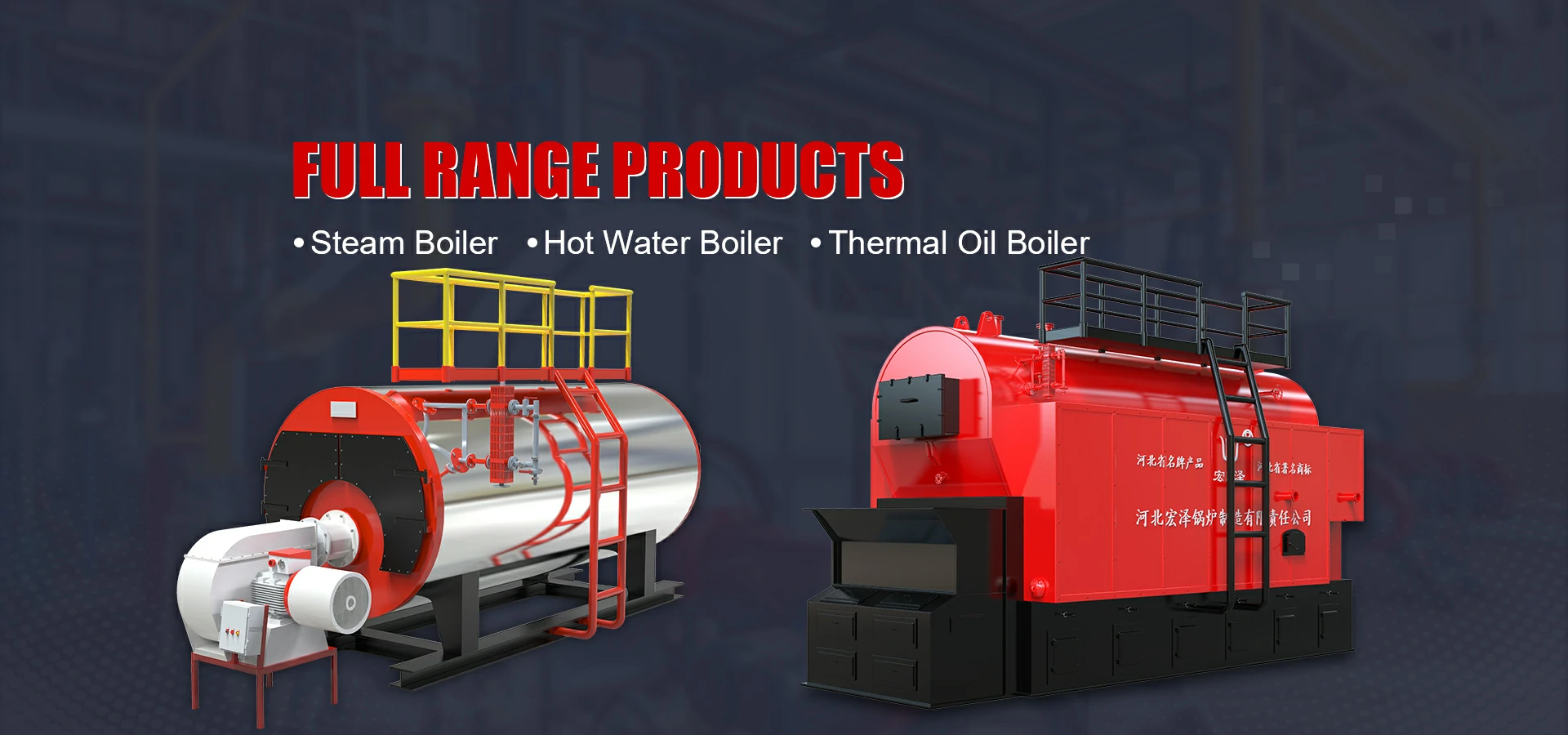
Dec . 15, 2024 10:16 Back to list
coal fired water tube boiler
Coal-Fired Water Tube Boiler An Overview
Coal-fired water tube boilers are widely used in industrial applications for power generation, steam production, and heating processes. This type of boiler utilizes water tubes filled with water, allowing for efficient thermal exchange and steam generation. It operates by burning coal to produce hot gases, which then heat the water in the tubes. This article delves into the working principle, advantages, challenges, and advancements related to coal-fired water tube boilers.
Working Principle
The operational principle of a coal-fired water tube boiler is relatively straightforward. The process begins with coal being fed into a furnace where it undergoes combustion. The heat produced from the burning coal generates hot gases that pass through the water tubes. The tubes are filled with water that absorbs the heat, leading to the generation of steam. The steam produced can be utilized for various applications, such as driving turbines in power plants or providing heat for industrial processes.
A water tube boiler is different from a fire tube boiler in which the hot gases pass around the tubes rather than through them. This design allows water tube boilers to operate at higher pressures and temperatures, making them suitable for large-scale power generation processes.
Advantages of Coal-Fired Water Tube Boilers
1. Efficiency Coal-fired water tube boilers are known for their relatively high efficiency, particularly in large-scale applications. The ability to maintain higher operating pressures and steam temperatures means that they can extract more energy from the coal.
2. Capacity These boilers can be designed to handle significant load demands, making them ideal for industrial plants requiring large amounts of steam or hot water. The modular design allows for scalability as the energy needs of a facility grow.
3. Flexibility Coal-fired water tube boilers can be fueled by various types of coal, including anthracite, bituminous, and lignite. Additionally, they can be adapted to burn biomass and other alternative fuels, increasing their versatility.
coal fired water tube boiler

Challenges
Despite their advantages, coal-fired water tube boilers face several challenges, particularly in the context of increasing environmental regulations and sustainability concerns. Key challenges include
1. Emissions Burning coal produces greenhouse gases such as CO2 and pollutants, including sulfur dioxide (SO2) and nitrogen oxides (NOx). These emissions contribute to air pollution and climate change, leading to stringent regulations and the need for costly emission control technologies.
2. Fuel Supply Issues The availability and cost of coal can fluctuate significantly, impacting the operational costs of coal-fired power plants. Furthermore, the mining and transportation of coal can have environmentally damaging effects.
3. Maintenance and Operational Costs Though durable, coal-fired water tube boilers require regular maintenance and significant investments in components like fans and pumps, impacting overall operational cost-effectiveness.
4. Public Perception and Transition to Renewables As the world shifts toward cleaner energy solutions, coal-fired power generation faces increasing scrutiny and pressure to transition to renewable energy sources.
Advancements and the Future
Technological advancements are continuously shaping the future of coal-fired water tube boilers. Innovations in carbon capture and storage (CCS) technology can help lower emissions from coal-fired plants, allowing them to operate in a more environmentally friendly manner. Additionally, improvements in boiler design, such as enhanced heat transfer, improved materials, and optimized combustion processes, are contributing to increased efficiency and reduced emissions.
The integration of artificial intelligence and smart technologies can also enhance operational efficiency, predictive maintenance, and monitoring, providing operators with tools to optimize performance.
In conclusion, coal-fired water tube boilers remain crucial in many industrial applications despite facing numerous challenges. Balancing efficiency and the need for cleaner, sustainable energy solutions is imperative for the future of these systems. As technology evolves, the potential for these boilers to adapt to greener practices and continue contributing to energy generation remains.
-
High-Efficiency Commercial Oil Fired Steam Boiler for Industry
NewsJul.30,2025
-
High-Efficiency Biomass Fired Thermal Oil Boiler Solutions
NewsJul.30,2025
-
High Efficiency Gas Fired Thermal Oil Boiler for Industrial Heating
NewsJul.29,2025
-
High-Efficiency Gas Fired Hot Water Boiler for Sale – Reliable & Affordable
NewsJul.29,2025
-
High Efficiency Biomass Fired Hot Water Boiler for Industrial and Commercial Use
NewsJul.29,2025
-
High-Efficiency Biomass Fired Hot Water Boiler for Industrial Use
NewsJul.28,2025
Related PRODUCTS






















